If you’re dealing with tightness in forearm, you’re likely looking for answers and relief. This guide covers common causes, symptoms, and effective exercises to help you manage and prevent tightness in forearm.
Key Takeaways
-
Forearm tightness is often caused by repetitive activities and poor technique, leading to discomfort and impaired function.
-
Effective exercises for relief include wrist extensions and rotations, while strengthening activities like grip exercises can enhance muscle endurance.
-
Preventive measures such as routine stretching, ergonomic tools, and correct posture are vital for maintaining healthy forearm muscles and preventing tightness.
Understanding Forearm Tightness

The forearm is a complex structure, comprising 19 muscles that work together to provide function and flexibility. These muscles are grouped into superficial, intermediate, and deep layers, each contributing differently to movement and potential tightness. The bones of the forearm, the radius and ulna, are essential for effective movement alongside these muscles.
Extensor muscles on the top side of the forearm are responsible for extending the wrist and fingers, while flexor muscles on the underside are crucial for bending them. The tight packing of these muscles within the forearm means that any strain or overuse can lead to significant tightness and discomfort.
The fascia, a connective tissue surrounding these muscles, adds another layer of complexity. It can be challenging to differentiate between muscle fibers during injuries, making the management of forearm tightness and soft tissues even more critical. Understanding this intricate anatomy helps us appreciate why the forearm is prone to tightness and how best to address it.
Common Causes of Forearm Tightness

Repetitive activities are a significant contributor to forearm tightness. Whether it’s gripping sports like tennis and golf or prolonged computer usage, these activities place continuous strain on the forearm muscles. Poor technique in these sports can exacerbate the issue, leading to chronic tightness.
Prolonged elbow bending, common in many daily activities, also adds to forearm fatigue and tightness. This is particularly relevant for those who spend long hours typing or using a mouse. The repetitive nature of these motions can lead to muscle strain and eventual tightness in the forearm.
Identifying these common causes is crucial in addressing forearm tightness. Recognizing the activities that contribute to the problem allows us to take proactive measures to mitigate their impact and maintain healthy forearm muscles.
Symptoms of Forearm Tightness
Initial symptoms of forearm tightness often include a feeling of tightness, tenderness, and stiffness in the forearm muscles. As the condition progresses, you might experience a ‘pumped up’ sensation or acute injuries that result in immediate pain, swelling, bruising, and limited range of motion.
Chronic conditions can lead to more persistent symptoms such as nervy sharp pain, numbness, loss of grip strength, and an inability to grip objects. Arthritis in the forearm can also cause a dull ache along with tightness, further complicating daily tasks. Nerve entrapment, such as carpal tunnel syndrome and pinched nerves, can cause forearm pain, numbness, and tingling.
These symptoms can significantly disrupt daily life, making it difficult to perform simple tasks. Early recognition and appropriate measures can effectively manage and alleviate forearm tightness.
Effective Stretching Exercises
Stretching exercises play a key role in preventing and relieving forearm pain. Performing these stretches before or after activities that heavily involve the forearms can help maintain flexibility and prevent injury. According to Dr. Stewart, the purpose of stretching is to relieve tight forearms or pain, making it an essential part of any routine.
Including specific exercises like wrist extensions and wrist rotations in your daily routine can significantly contribute to alleviating forearm tightness and maintaining a healthy range of motion. Let’s delve into these exercises in detail.
Wrist Extensions
Wrist extension is a simple yet effective way to stretch the forearm muscles. Begin by extending your arm in front of you. Keep your elbow straight and your palm facing down. Gently push back on the raised hand until your fingers point downwards. This stretch targets the muscles that extend to the elbow, helping to relieve tightness and improve flexibility.
Resting your elbow on a table can provide additional support while performing this stretch. Incorporating wrist extensions into your routine helps prevent tightness and maintain healthy forearm muscles.
Wrist Rotations
Wrist rotations are another beneficial exercise for improving forearm flexibility. Begin by sitting with your forearm resting on a table and your hand hanging off the edge, palm facing the floor. Make sure your hand is open. The thumb should be pointing toward the ceiling. Keep your elbow bent at a 90-degree angle while performing the rotation.
Wrist rotations enhance flexibility and can prevent conditions like carpal tunnel syndrome and tennis elbow. Adding wrist rotations to your daily routine helps maintain a healthy range of motion in your forearms.
Strengthening Exercises for Forearms

Strengthening exercises are crucial for maintaining healthy forearm muscles and preventing tightness. Wrist curls and reverse curls are particularly effective in building forearm strength. Utilizing both dumbbells and body weight in these exercises can significantly enhance grip strength and overall forearm health.
Grip strength is crucial for various activities, from sports to everyday tasks. Consult a physiotherapist for physical therapy before adding weights to ensure proper and safe performance.
Let’s explore some specific strengthening exercises.
Grip Strength Exercises
Grip strength exercises are essential for healthy forearm muscles. Exercises like farmer’s walks and dead hangs are highly effective in enhancing grip strength. These exercises involve holding weights or hanging from a bar, which helps build muscle endurance and strength.
Fingertip pushups are another excellent exercise for improving grip strength. Grip strength is crucial for both sports and everyday activities, making these exercises vital for forearm health.
Resistance Band Workouts
Resistance band workouts are versatile and effective for strengthening the forearms. Secure one end of the resistance band to a stable object and perform exercises like wrist curls and reverse wrist curls for effective use. Resistance bands offer varying levels of resistance, suitable for different strength levels.
Maintain proper form by keeping elbows close to your body and controlling the motion both up and down. Resistance bands help increase forearm strength, endurance, and flexibility, ultimately preventing injuries.
Myofascial Release Techniques

Myofascial release techniques are beneficial for alleviating tension in the fascia and promoting muscle healing. These techniques involve applying sustained pressure to tender areas, allowing the muscle fibers to relax and realign. Foam rolling is a popular self-myofascial release technique that helps improve muscle recovery and alleviate pain.
Self-myofascial release techniques can effectively target and relieve muscle adhesions, commonly referred to as trigger points. Incorporating these techniques into your routine helps manage muscle strain and promote overall muscle health.
Importance of Blood Flow

Promote blood flow reduces forearm tightness and enhances flexibility. Wrist rotation exercises are particularly effective in improving blood circulation in the forearm. Gentle movements combined with heat therapy can further enhance blood flow and flexibility.
These practices alleviate forearm tightness and promote overall muscle health. Good blood circulation is key to maintaining healthy and flexible forearm muscles.
Preventive Measures
Routine stretching can significantly reduce the risk of forearm injuries. Regular breaks every hour to stretch and move alleviate strain on forearm muscles. Using ergonomic tools like split keyboards and supportive mice enhances comfort and decreases the likelihood of injuries.
Good posture and a properly set-up workspace are crucial for preventing strain. Proper ergonomics involves arranging your workspace to minimize strain and keeping your wrists in a neutral position while using a keyboard and mouse.
Adopting these preventive measures helps maintain healthy forearm muscles and avoid tightness that can interfere with daily tasks.
When to Seek Medical Attention
Certain conditions, such as tendinitis and carpal tunnel syndrome, often arise from repetitive stress to the forearm muscles and require medical attention. Pain that radiates from the forearm to the shoulder or sudden injuries producing a snapping sound should prompt immediate medical evaluation.
Persistent arm pain or increased redness and swelling despite home care warrant consulting a healthcare professional. Severe arm pain with symptoms like chest pressure or unusual arm positioning requires immediate medical attention.
Promptly addressing these issues can prevent further injury and ensure a successful recovery. Don’t hesitate to seek professional help if you experience persistent or severe symptoms to relieve pain through surgical treatment.
Summary
Forearm tightness can significantly impact daily activities, but understanding its causes and remedies can help manage and alleviate the discomfort. Incorporating effective stretching and strengthening exercises, myofascial release techniques, and promoting blood flow are essential steps in maintaining healthy forearm muscles.
By adopting preventive measures and knowing when to seek medical attention, you can ensure a pain-free and active lifestyle. Remember, maintaining good posture, using ergonomic tools, and taking regular breaks are key to preventing forearm injuries.
Frequently Asked Questions
What are the main causes of forearm tightness?
Forearm tightness is primarily caused by repetitive activities, poor technique in sports, and prolonged bending of the elbow. Addressing these factors can help alleviate the discomfort.
What symptoms indicate forearm tightness?
Forearm tightness is indicated by symptoms such as tightness, tenderness, stiffness, sharp pain, numbness, and reduced grip strength. It's essential to address these symptoms promptly to prevent further discomfort.
How can I prevent forearm tightness?
To prevent forearm tightness, incorporate regular stretching, take frequent breaks, maintain good posture, and utilize ergonomic tools. These practices will help alleviate tension and promote comfort.
What are effective exercises for relieving forearm tightness?
To relieve forearm tightness, incorporate exercises such as wrist extensions, wrist rotations, grip strength exercises, and resistance band workouts. Consistently performing these can help improve flexibility and reduce discomfort.
When should I seek medical attention for forearm pain?
You should seek medical attention for forearm pain if it persists despite home care, worsens with increased redness and swelling, or is severe and accompanied by symptoms such as chest pressure or unusual arm positioning. It's essential to address these signs promptly.





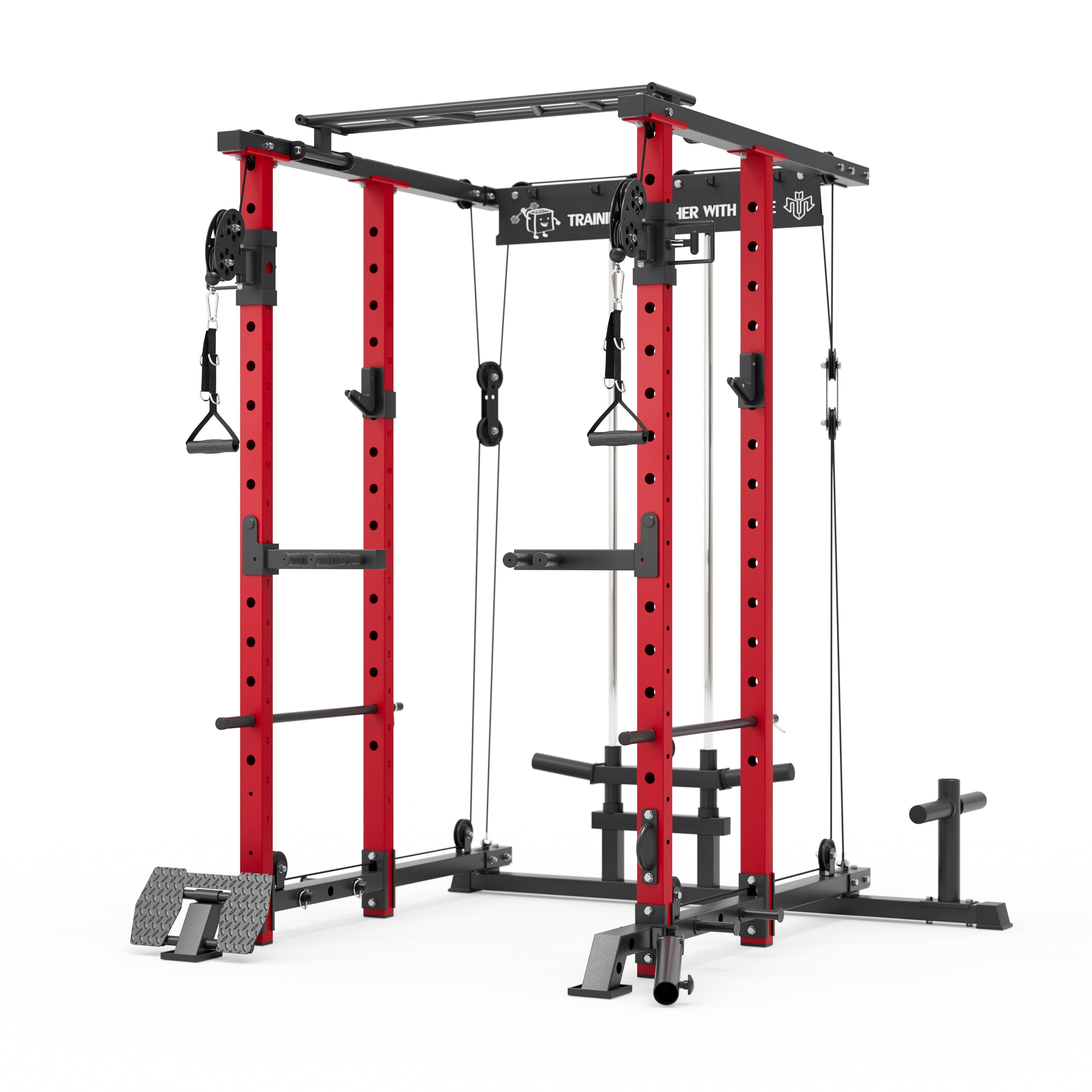
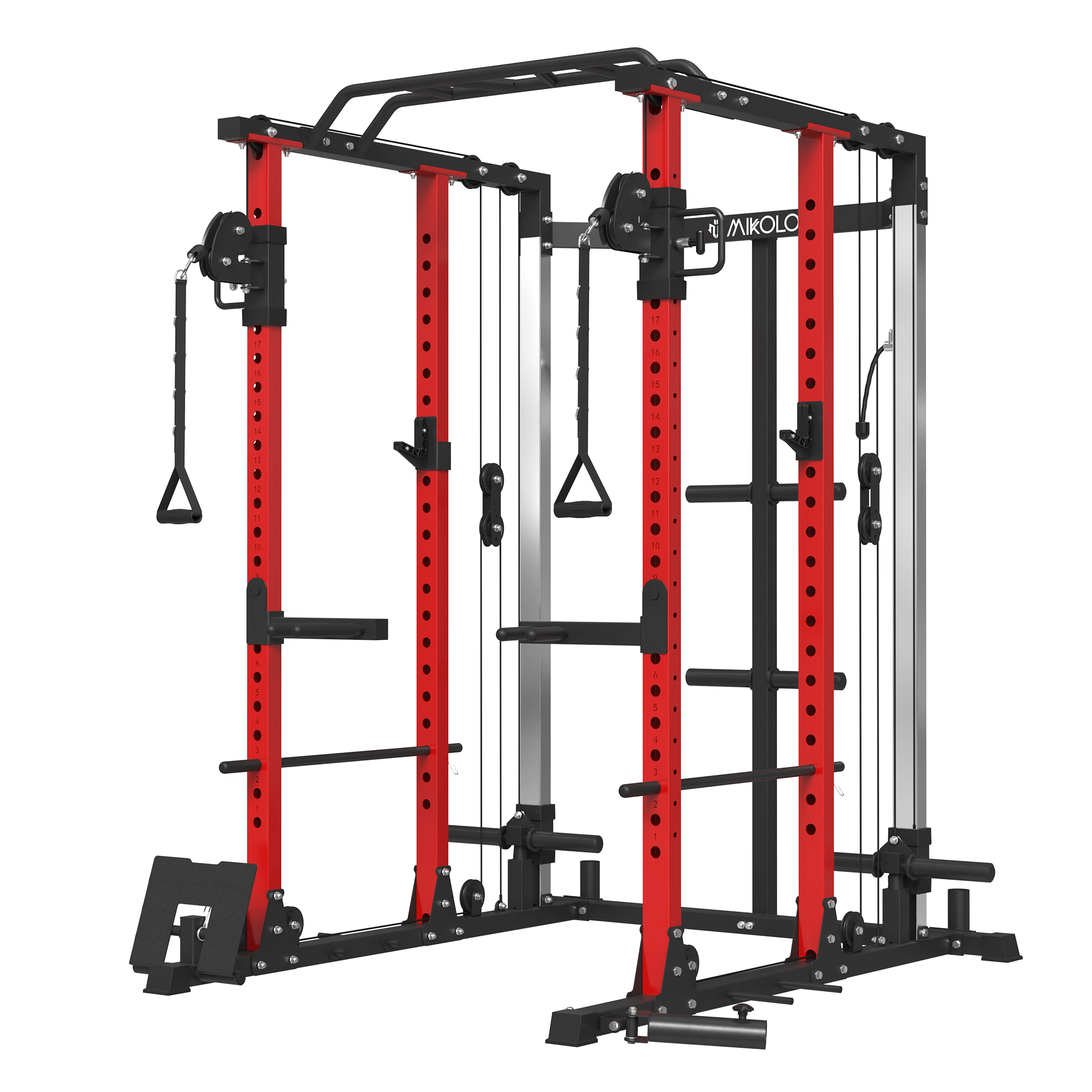

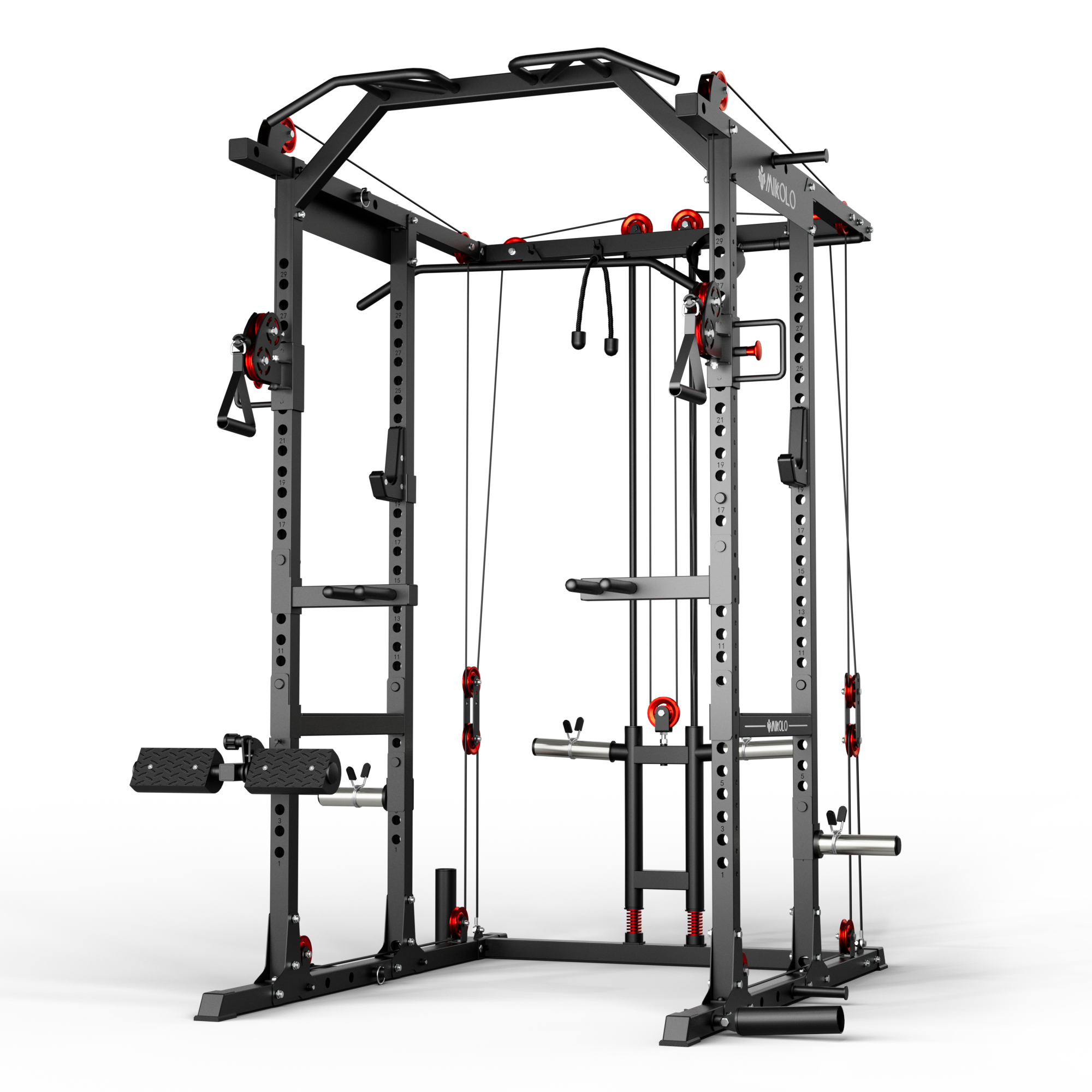
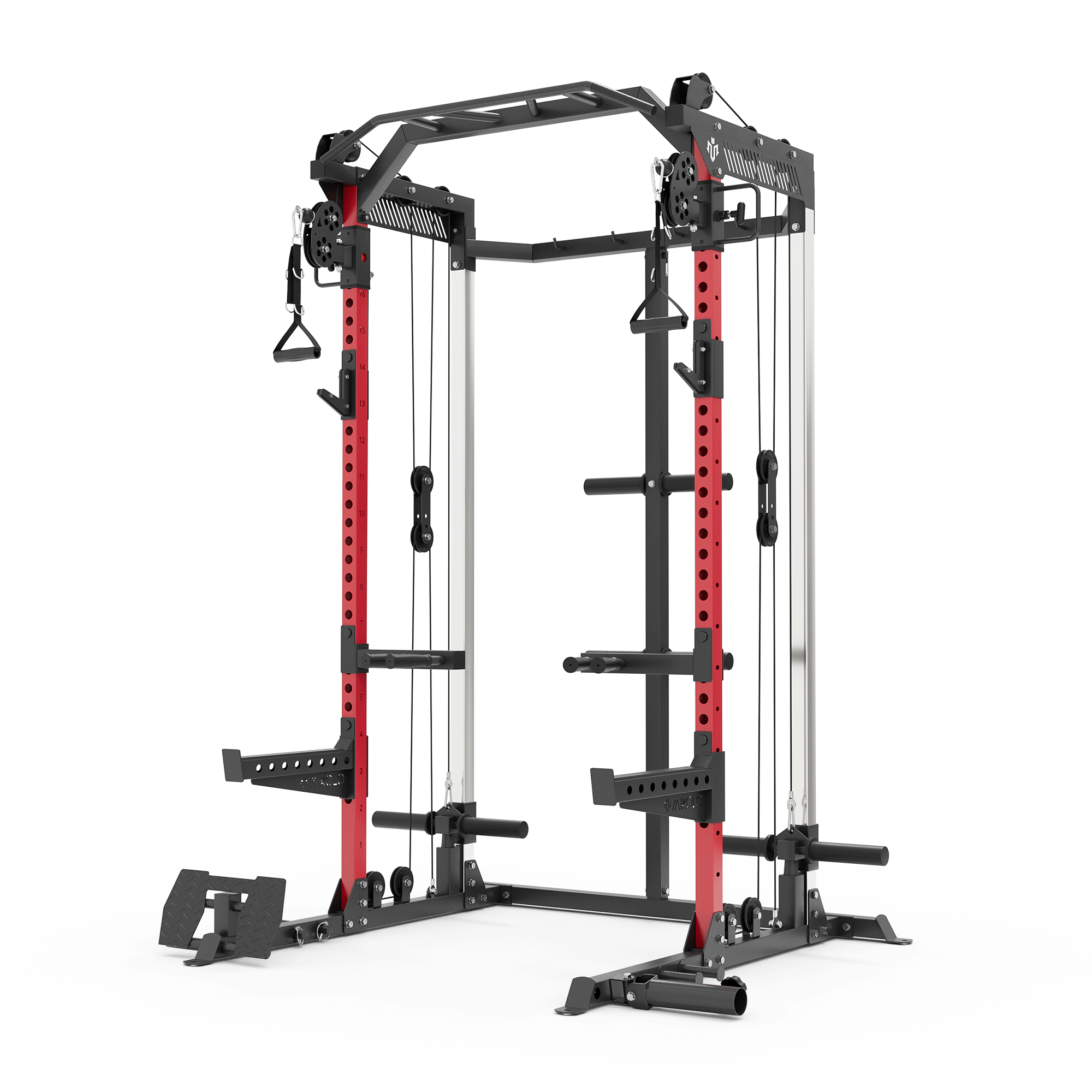
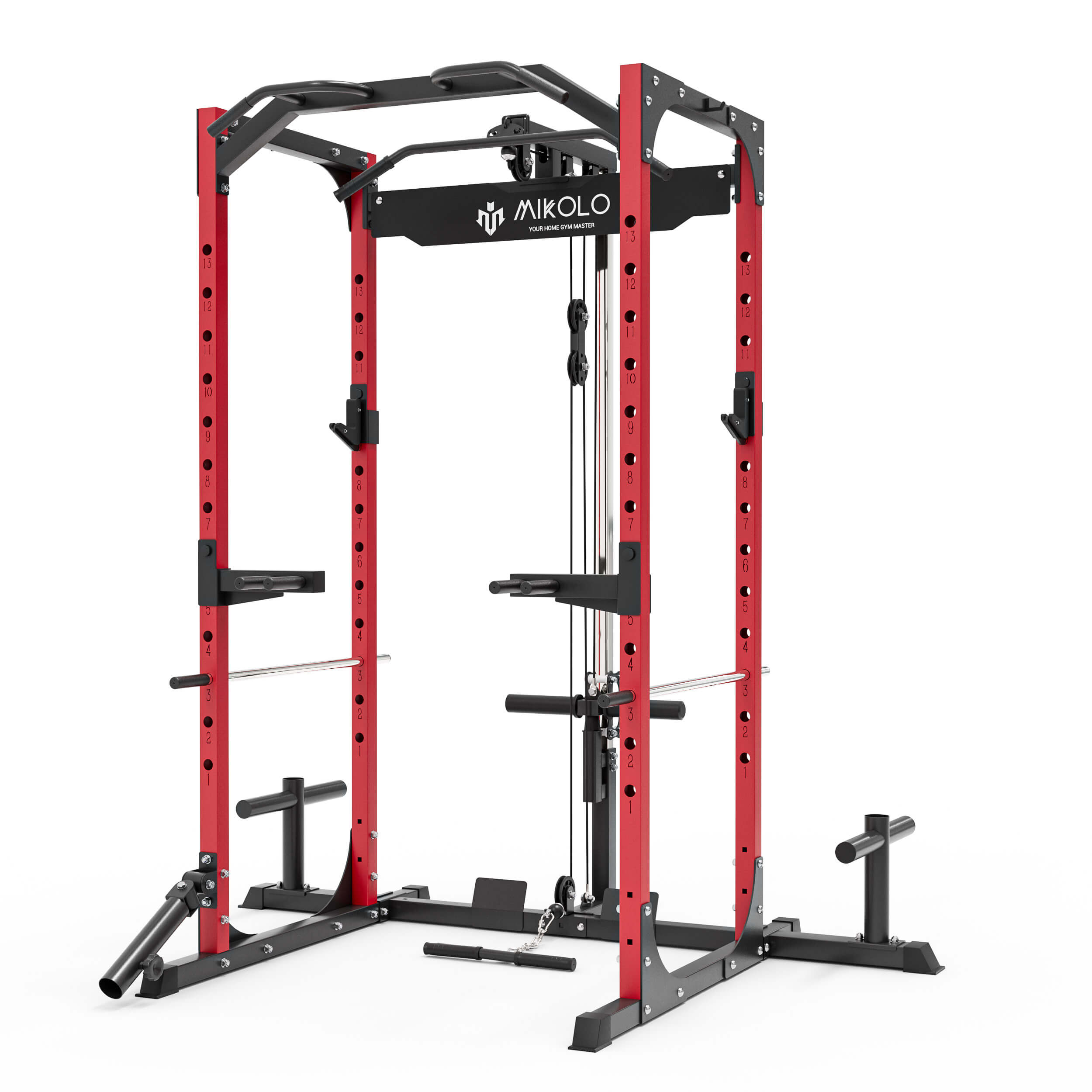




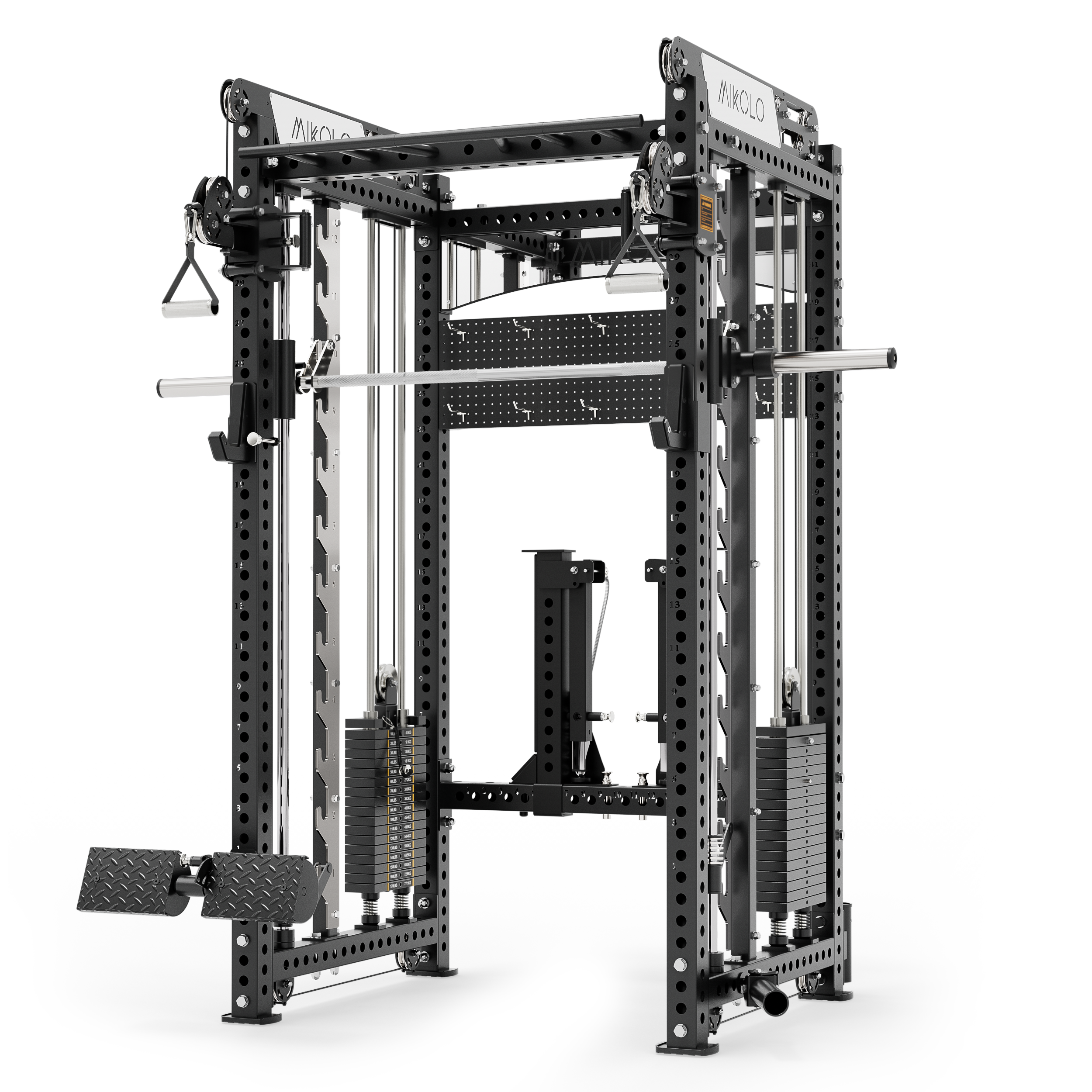
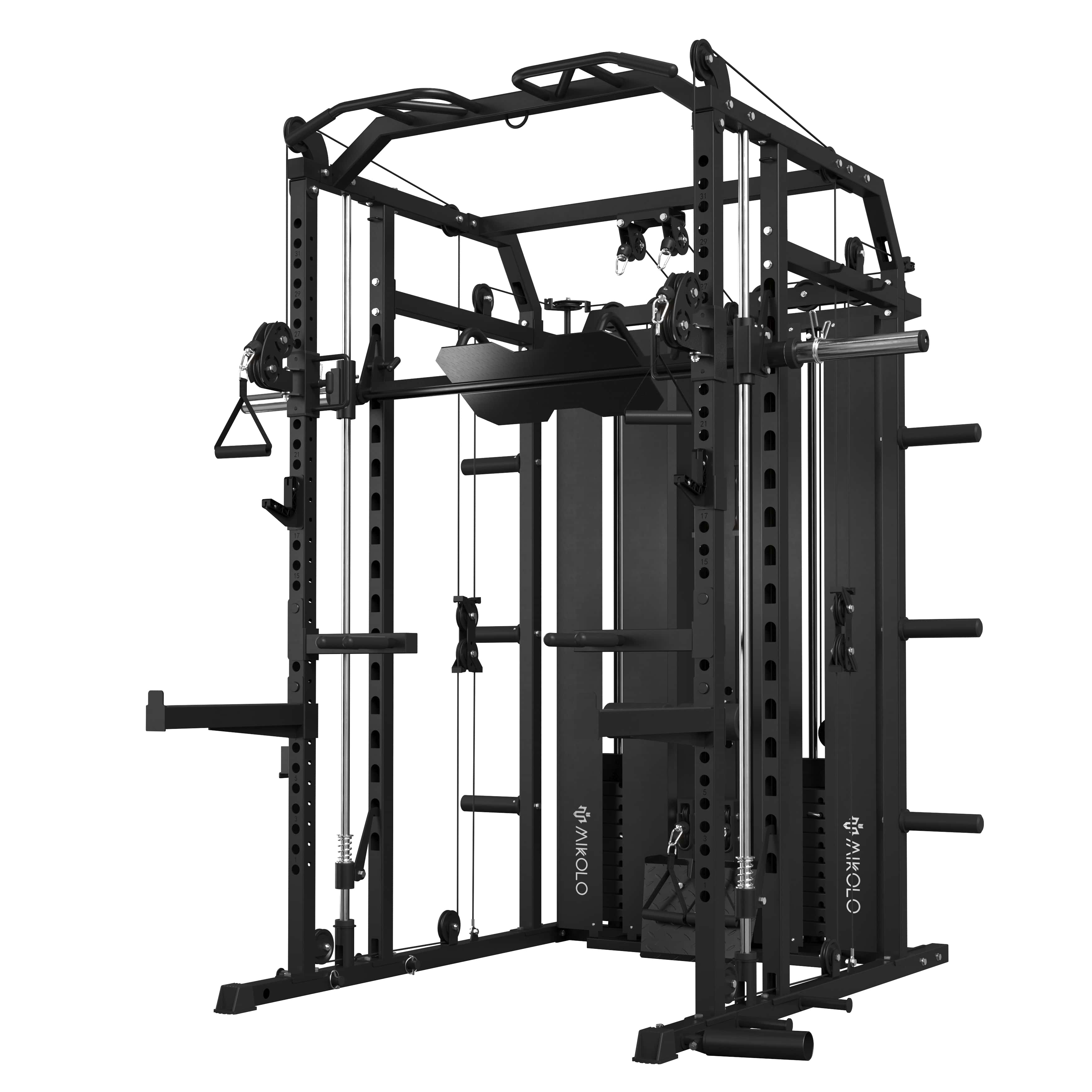
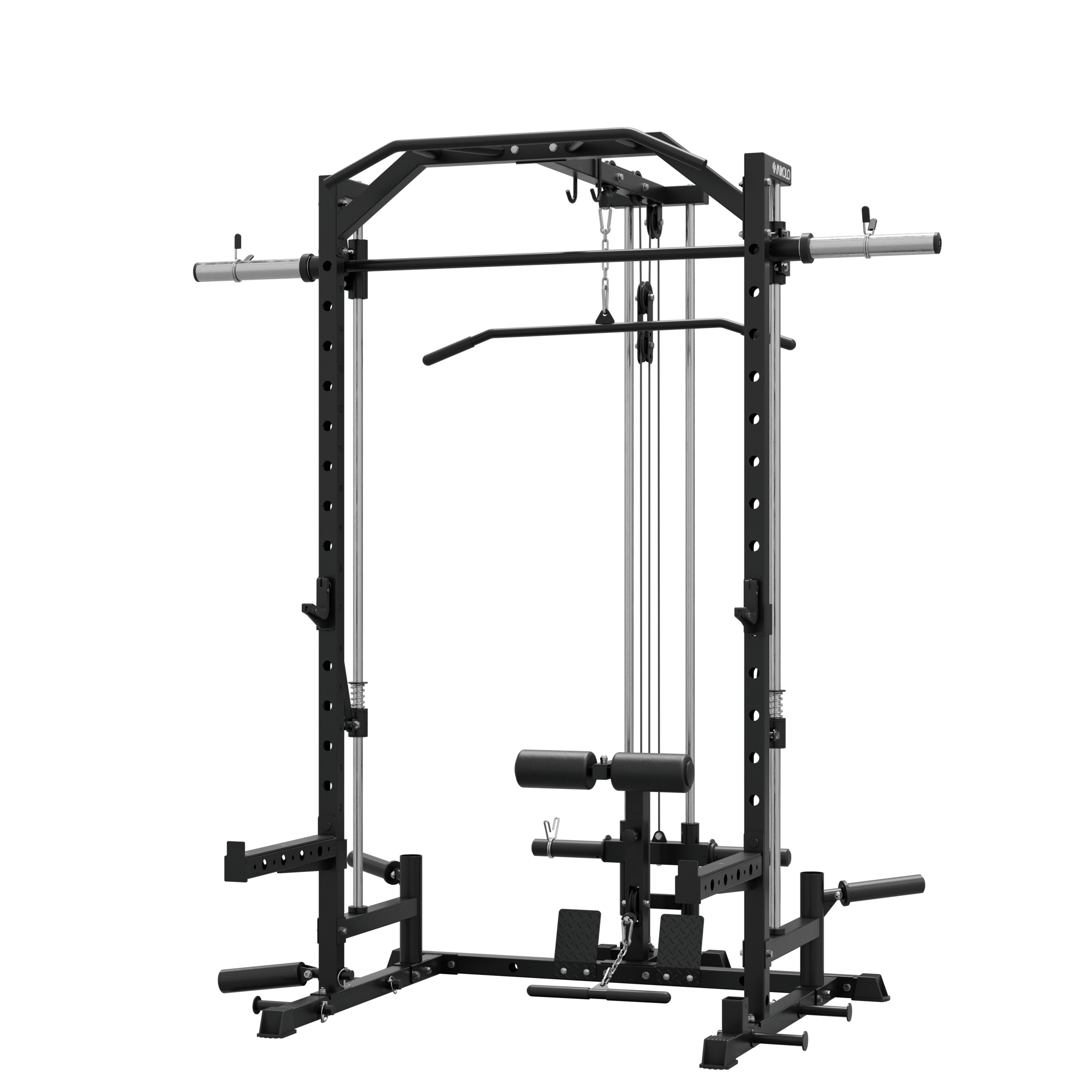
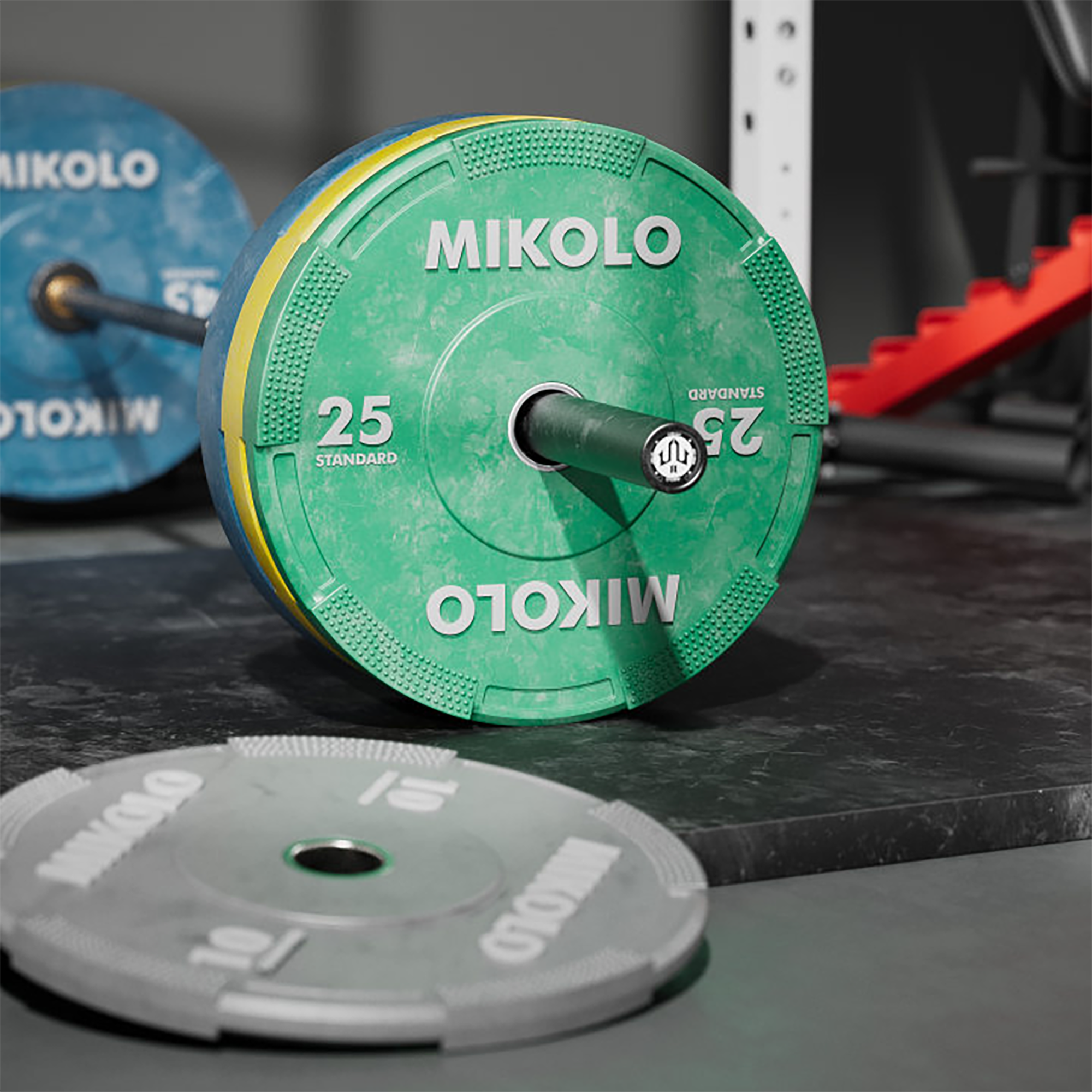


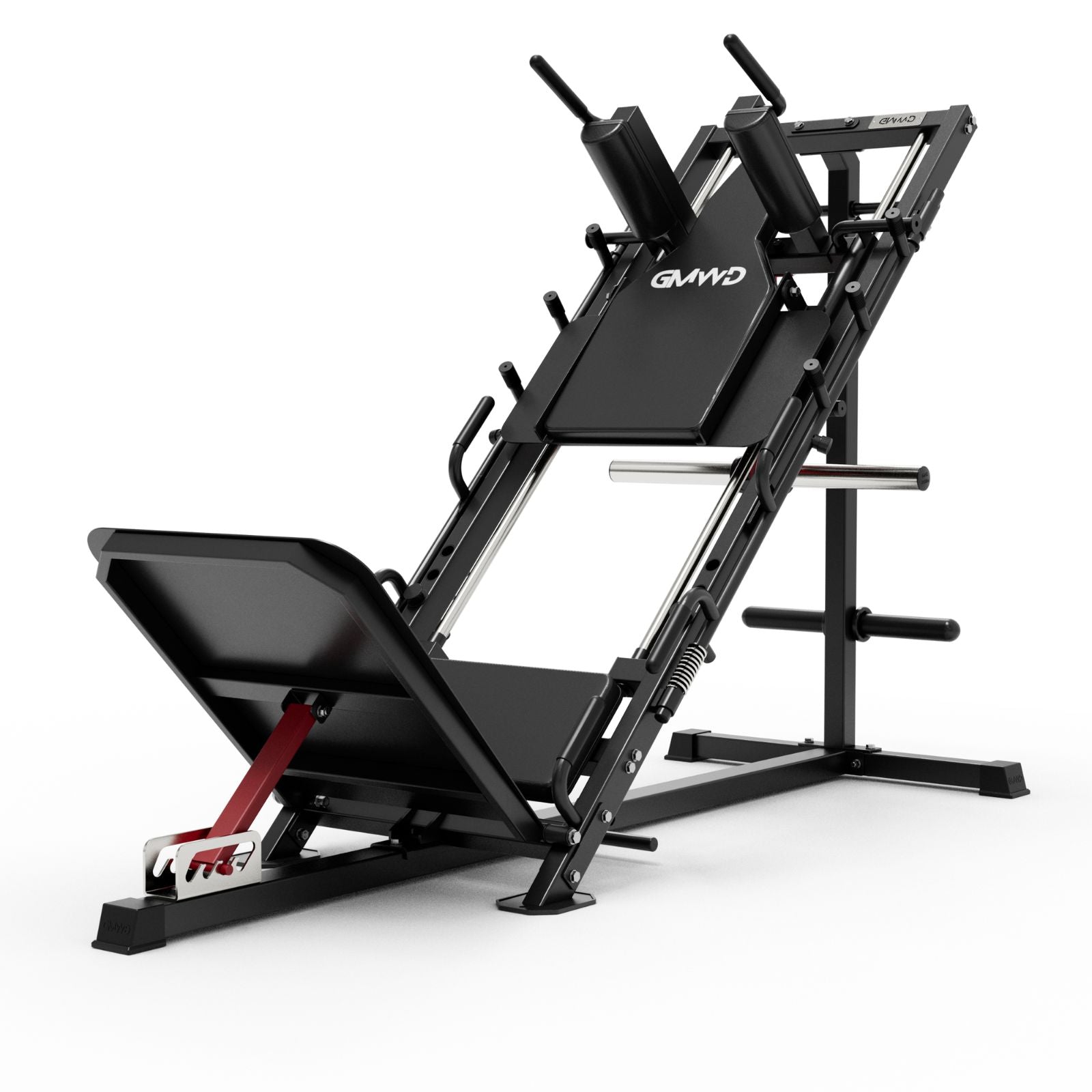


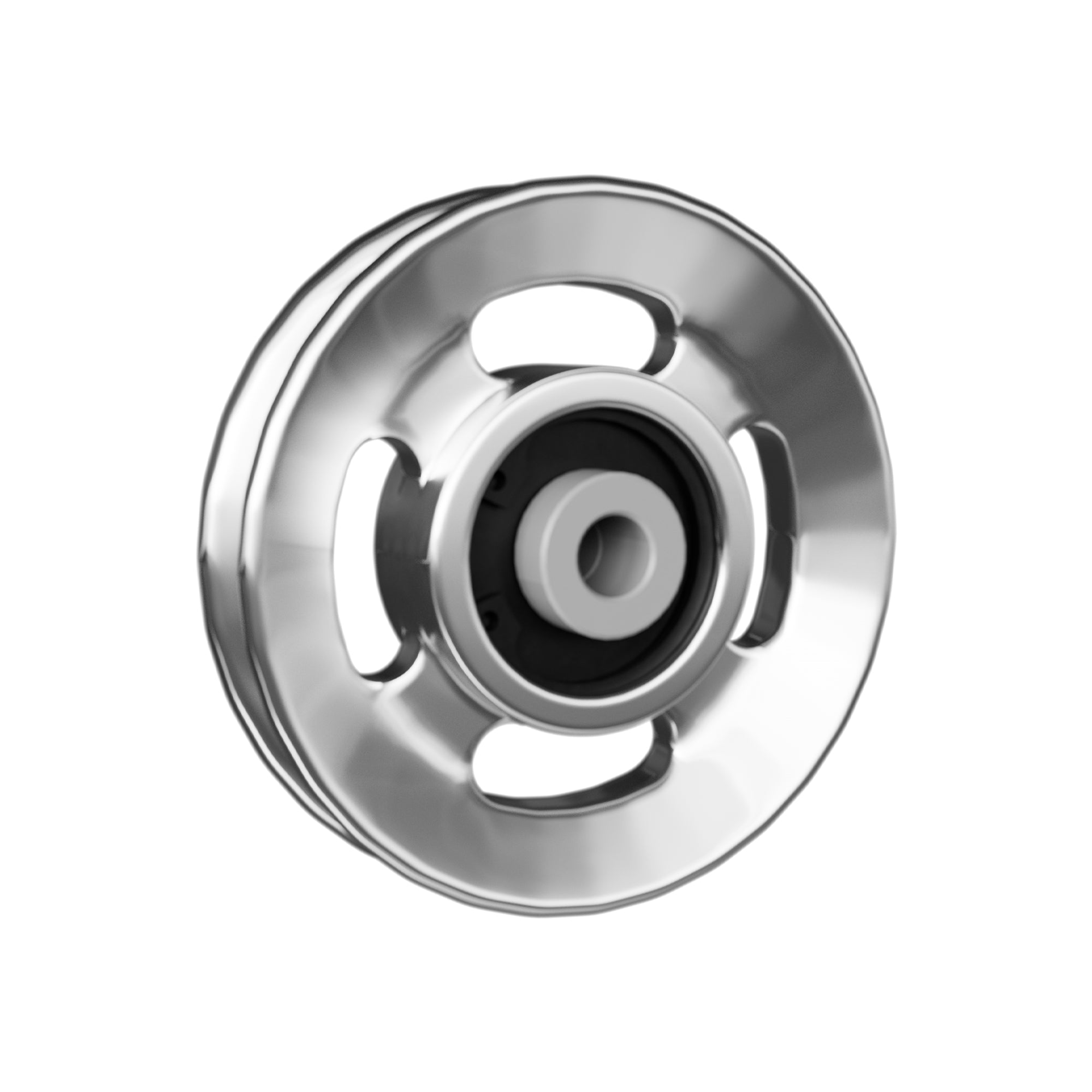
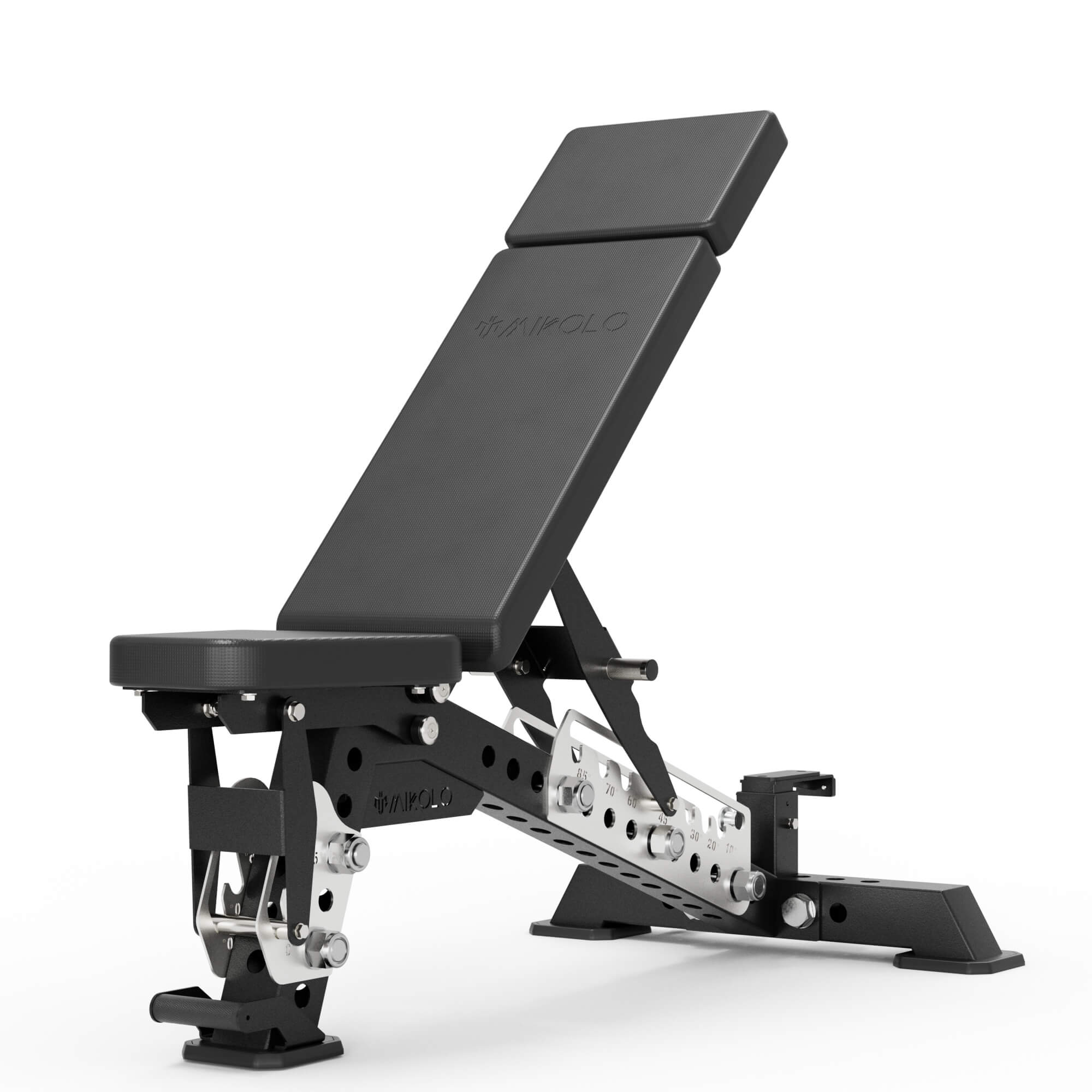
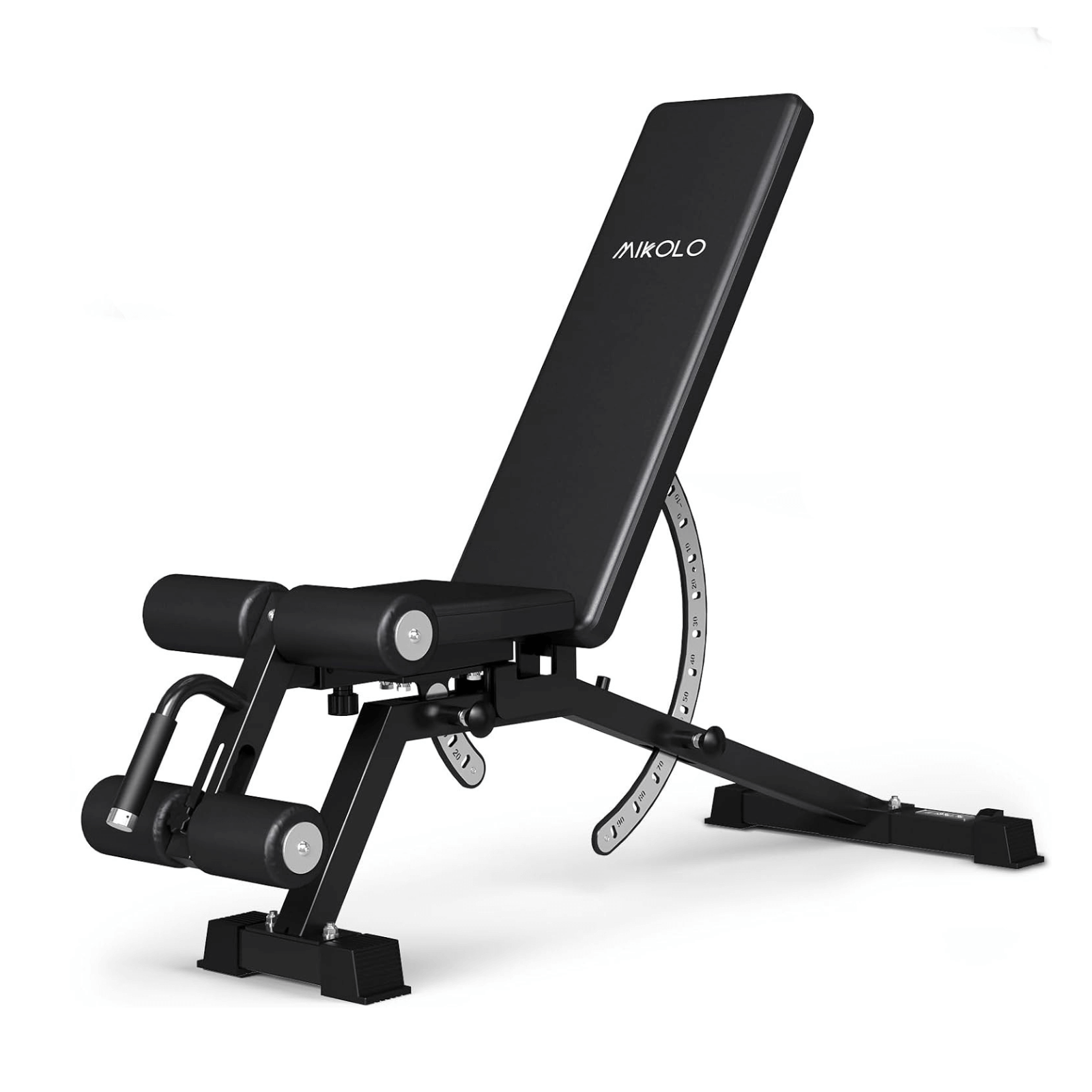

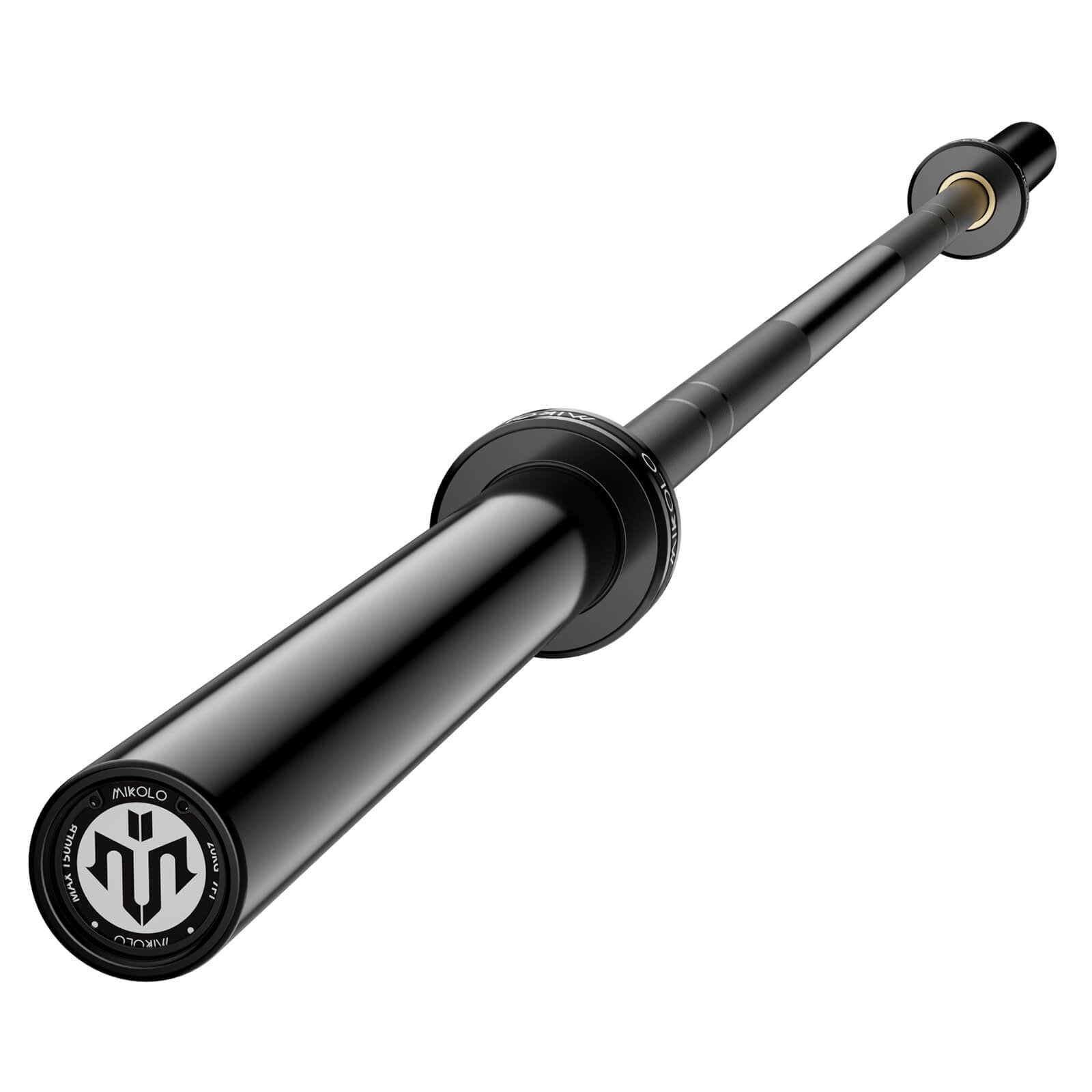
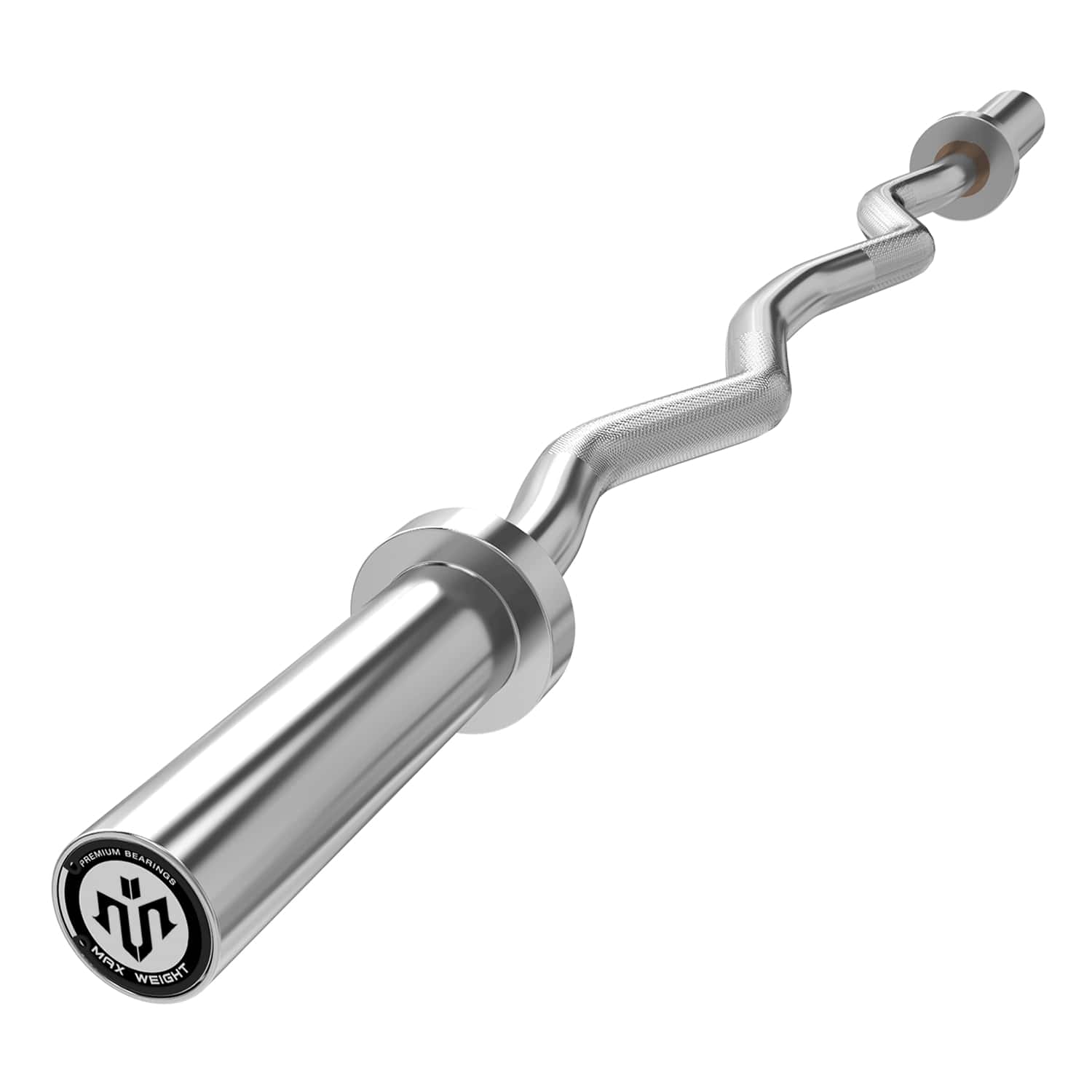
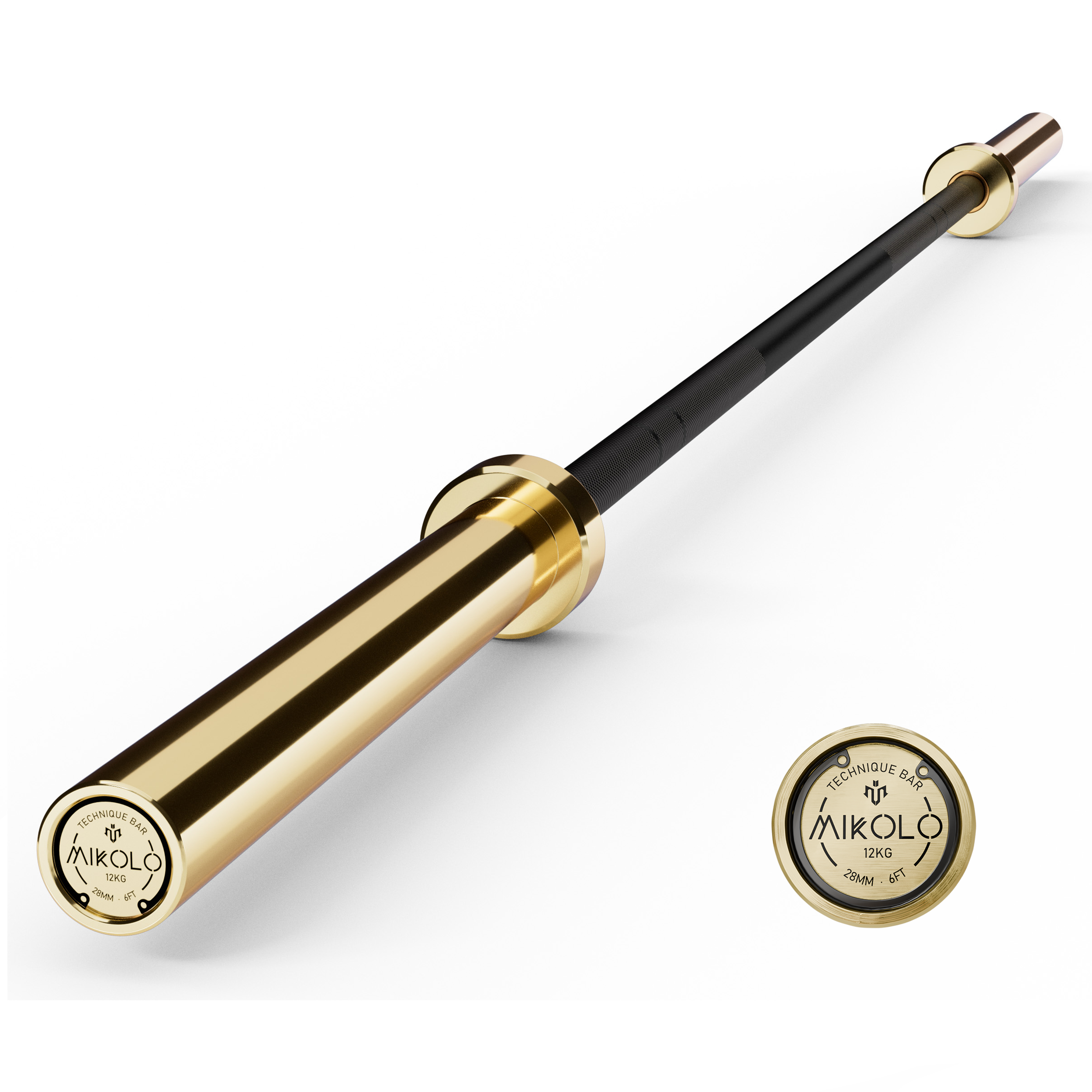

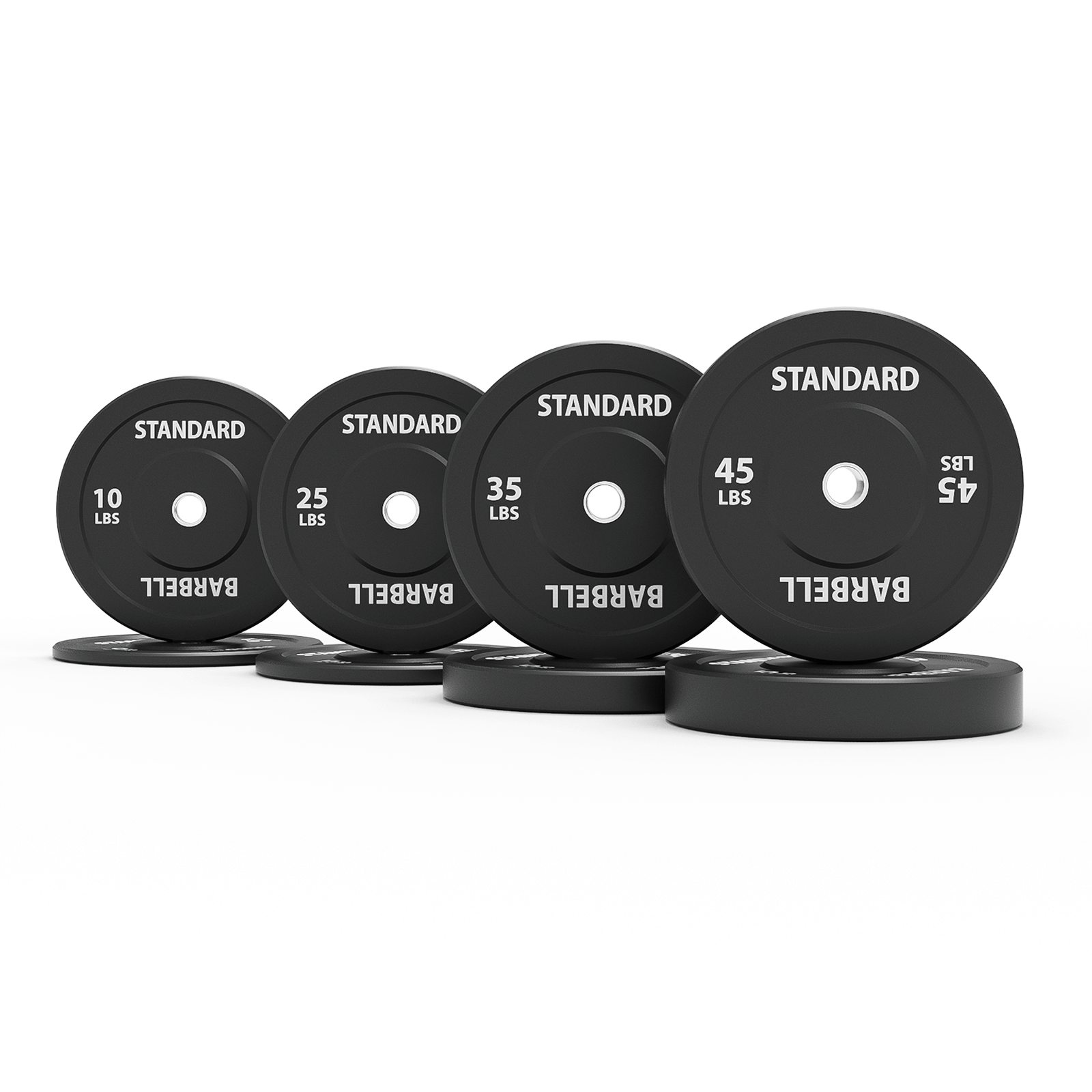




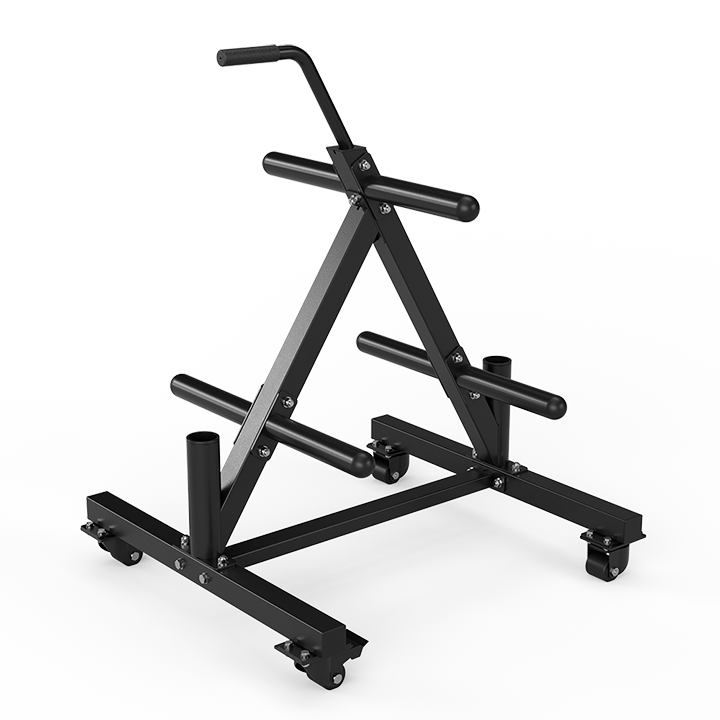
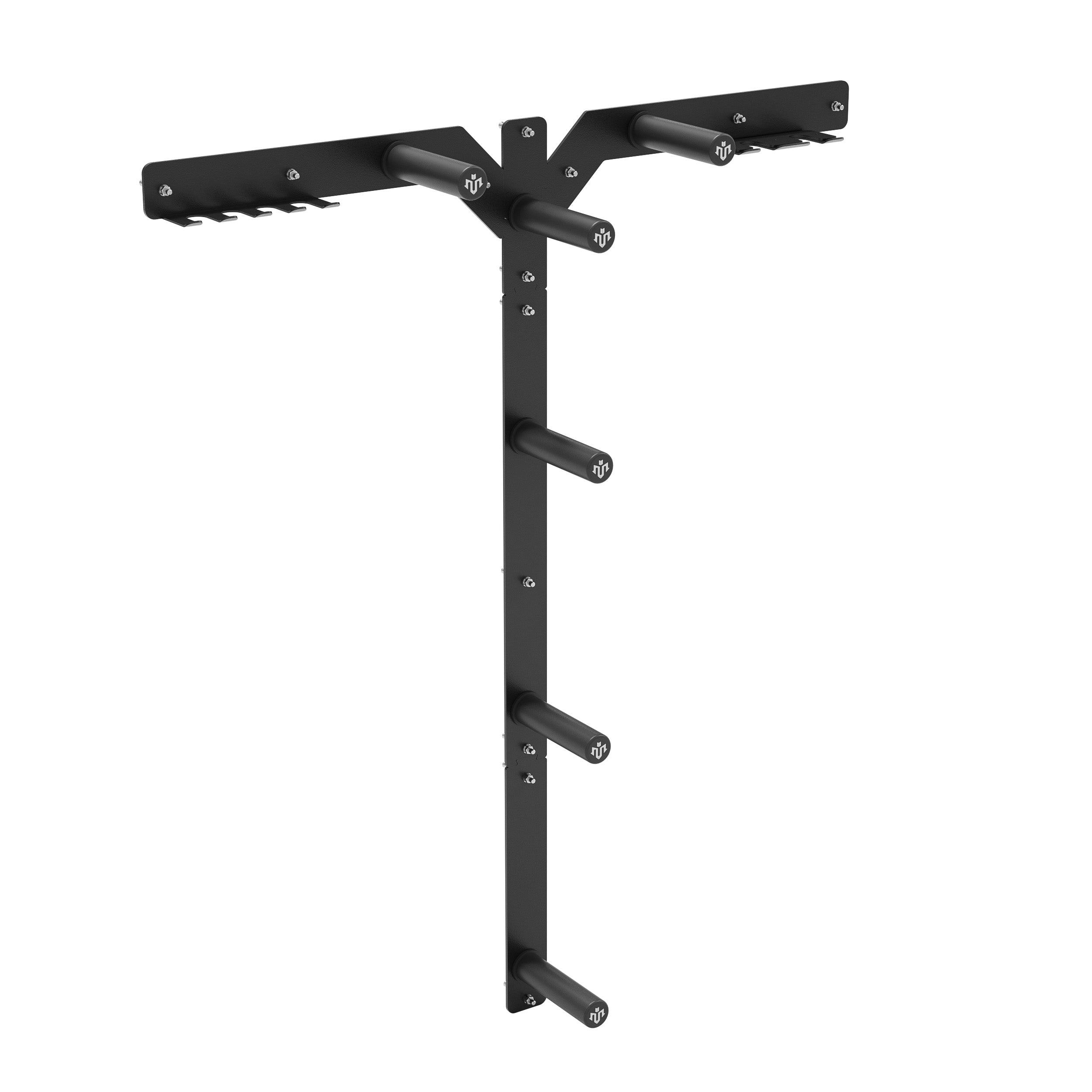




Leave a comment
This site is protected by hCaptcha and the hCaptcha Privacy Policy and Terms of Service apply.